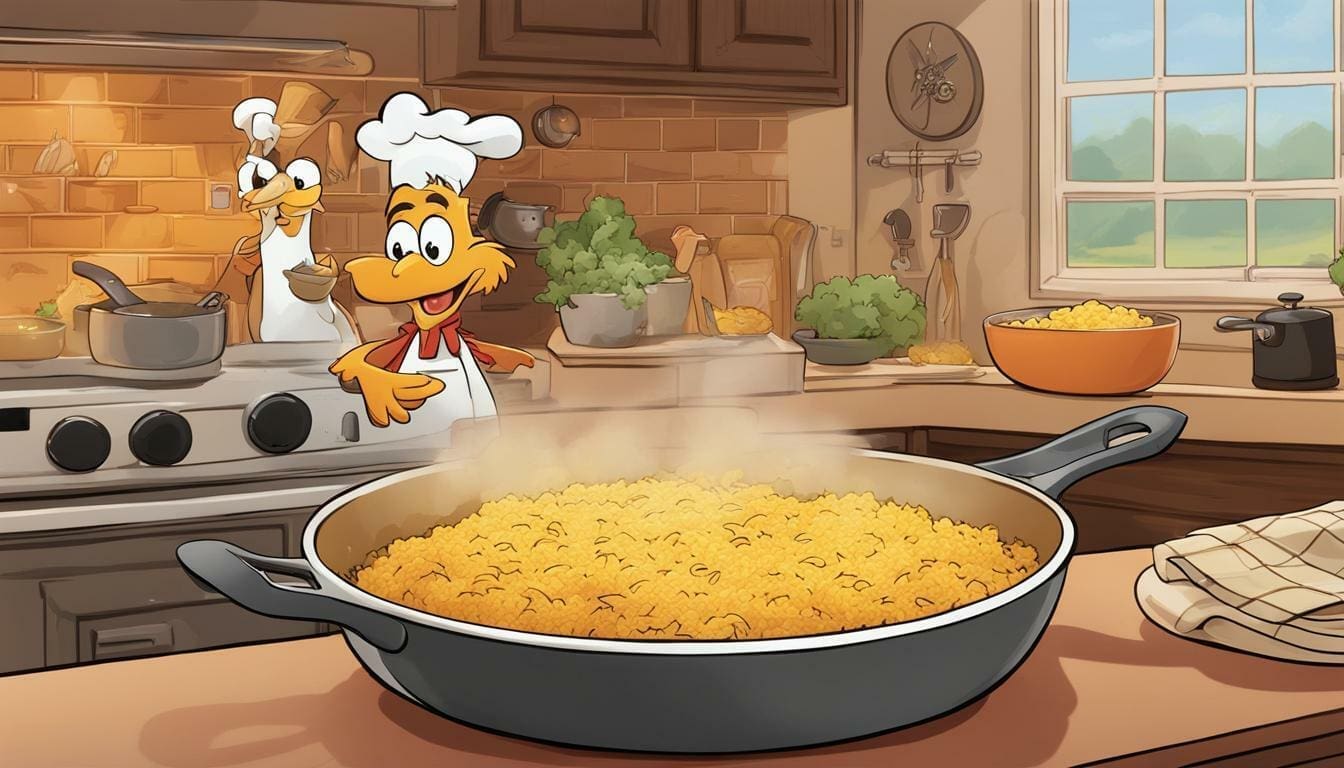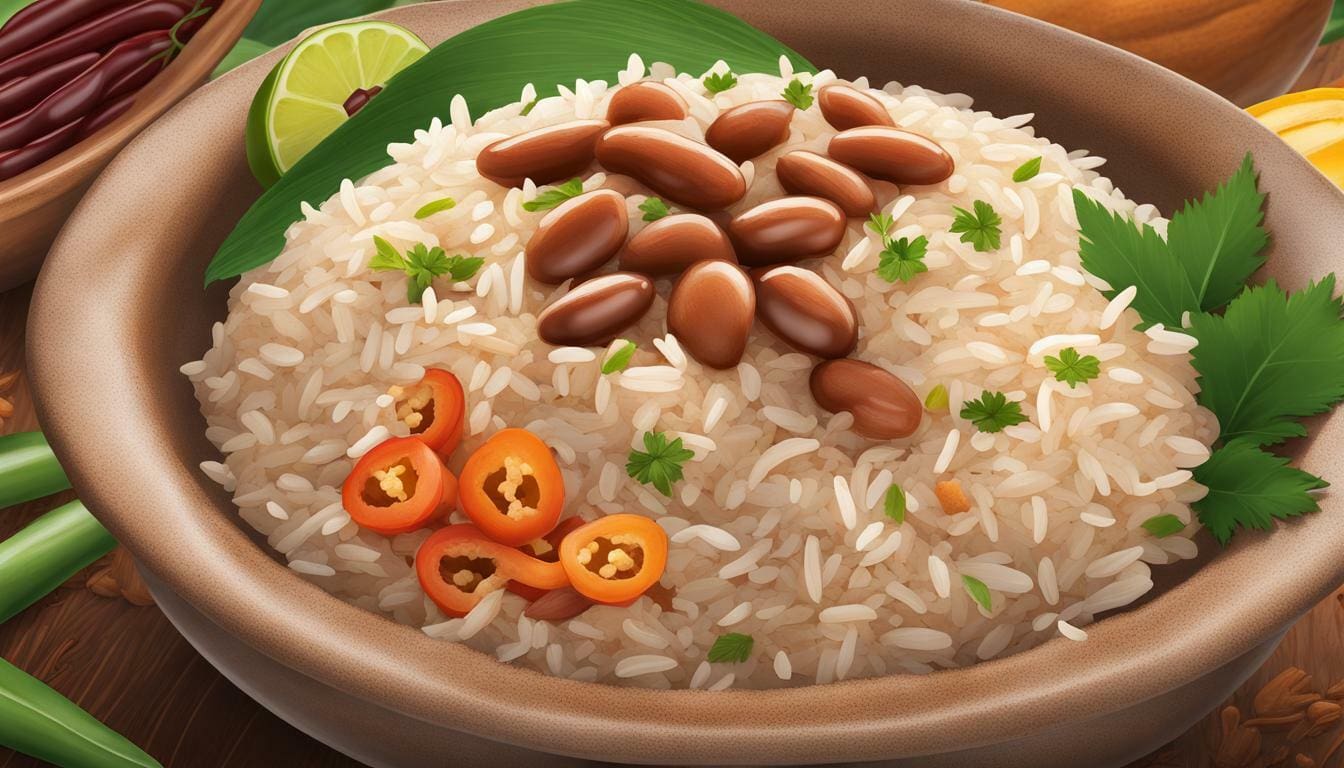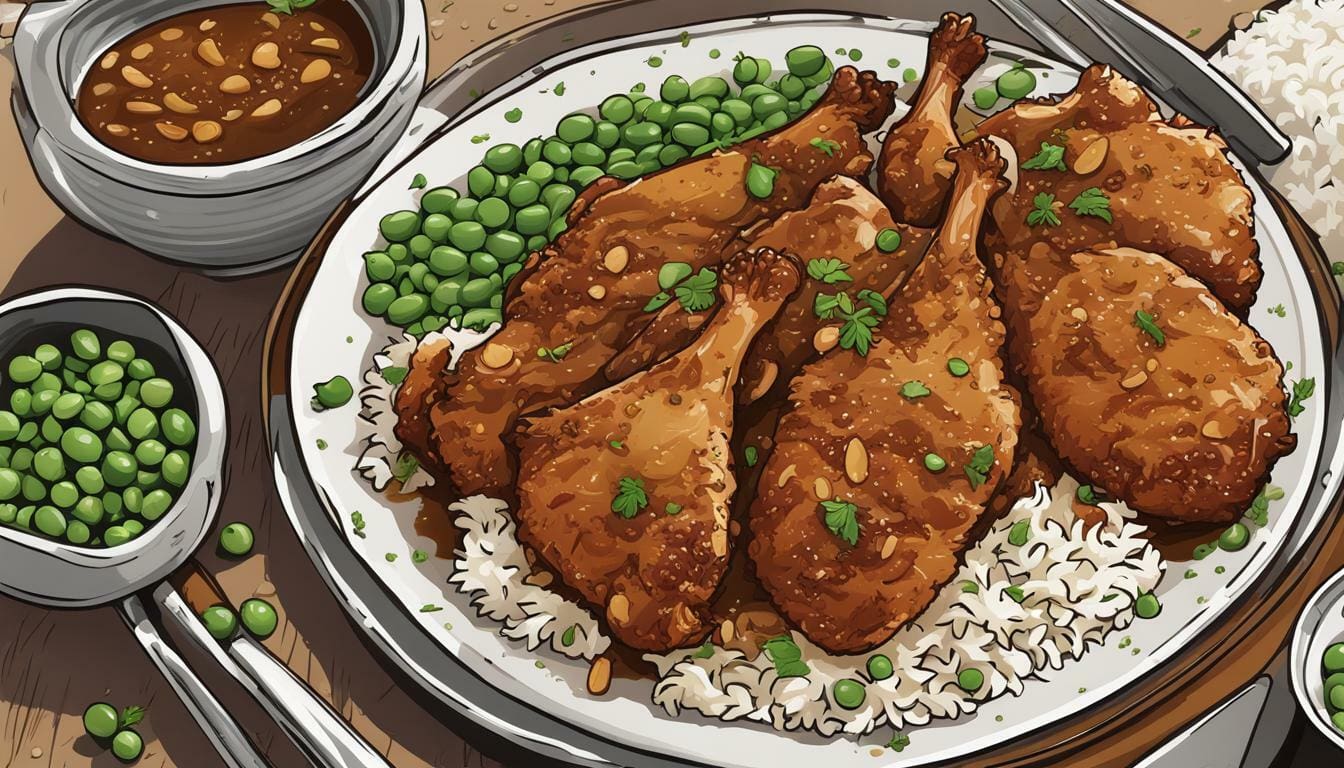Updated 01.06.2024
What is the Best Rice for Making Authentic Jambalaya?
Louisiana Creole cuisine features many iconic rice-based dishes showcasing local flavors. Choosing the proper rice variety is crucial for achieving the correct texture and mouthfeel. The rice should soak up surrounding sauces without getting overly sticky or mushy. This guide examines optimal rice selections for crafting authentic Creole rice recipes.
Traditional Long Grain White Rice
Long grain white rice represents the standard choice for classical Creole preparations.
- Contains high amylose content for light, fluffy grains
- Neutral flavor profile readily absorbs rich seasonings
- Resists getting sticky or gummy during cooking
- Economical and readily available
The high starch and lack of strong flavors allows long grain rice to soak up the dynamic flavors of Creole dishes without competing. This versatility explains its popularity in Creole kitchens.
Aromatic Varieties
Basmati
- Imparts fragrant, nutty aroma
- Grains remain firmer and elongated after cooking
- Glycemic index lower than conventional rice
Best Uses
- Combine with regular long grain rice to balance texture and aroma
- Keep proportion under 30% to avoid clashing with seasoning flavors
Jasmine
- Floral, buttery scent
- Grains cling together more than long grain rice
- Adds unique Southeast Asian character
Specialty Southern Rices
Carolina Gold
- Heirloom varietal with authentic Louisiana roots
- Pleasant brassy aroma
- Grains remain separate for fluffy result
Carolina Plantation Enriched Carolina Gold
- Milled in South Carolina from certified heirloom grains
- Highly absorbent, subtle flavor
Brown Rice
- Higher fiber and more B vitamins than white rice
- Firmer, chewier texture from bran layer
- Earthier flavor profile
Cooking Considerations
- Add extra broth to account for less moisture absorption
- Increase cook times up to 45 minutes
- Mix with white rice for balanced texture
Alternative Grains
Wild Rice
- Strong, smoky aroma
- Distinctive chewy bite
Proportions
- Limit to 20% or less combined with white or brown rice
- Overuse overpowers other flavors
Quinoa
- Very high protein
- Pleasant crunch from seed coat
- Blends well with minced vegetables
Low Carb Substitutions
Using “riced” vegetables in place of grain starches substantially reduces overall carbs.
Cauliflower Rice
- Chopped raw cauliflower pulsed briefly in food processor
- Adds vitamin C and antioxidants
- Refreshing flavor and tender crunch
Preparation
- Squeeze out excess moisture before adding to other ingredients
- May need additional broth/stock to compensate for less starch
Butternut Squash Rice
- Diced butternut squash pulsed into rice-like granules
- Warms dish with gentle sweetness
- Rich yellow hue adds vibrance
Pulse Bean “Rice”
- White beans or chickpeas processed to rice texture
- Boosts protein and fiber
- Creamier than vegetable-based rices
Key Factors for Rice Selection
Consider what qualities are essential to complement your dish when selecting the perfect rice variety.
| Trait | Description |
|---|---|
| Absorbency | High starch white rice absorbs surrounding liquids best |
| Aroma | Fragrant rice like Basmati infuses dishes with nutty essence |
| Texture | Long bold grains resist getting sticky or mushy |
| Color | Dark rices like black or wild rice visual contrast |
| Local Flair | Carolina Gold and Carolina rice showcase regional roots |
| Health Benefits | Brown and colored rices offer more protein and fiber |
The optimal rice provides satisfying mouthfeel without competing with other robust Creole flavors. White long grain strikes that ideal neutrality. But aromatic, heritage, and alternative grain rices each contribute their own personality.
Cooking Different Rice Varieties
Proper technique ensures whichever rice you select reaches the ideal tender yet still firm stage.
White Rice
- Use 2 parts liquid for every 1 part rice
- Allow to simmer undisturbed for 18-20 minutes
- Fluff with fork before serving
Brown Rice
- Increase liquid 25% over white rice
- Simmer 35-45 minutes
- Stir periodically to prevent sticking
Wild Rice
- Add ample broth to allow for absorption
- Cook 45 minutes to 1 hour
- Drain any unabsorbed liquid
- Rinse rice grains before cooking to remove excess surface starch, resulting in fluffier texture
- For firmer grains, spread cooked rice on sheet pan to cool instead of leaving it piled
- When reheating leftover rice, use chicken or vegetable stock instead of water for added flavor
Final Thoughts
Rice serves as the canvas for absorbing and carrying the complex seasonings of iconic Creole cuisine. Plain long grain white rice provides a neutral base while specialty rices and alternative grains lend their own flair. Consider the visual appeal, texture, mouthfeel, and cooking properties that will best complement your recipe. With so many excellent options, why limit your rice horizons? Branch out from the ordinary to craft Creole rice dishes personalized with your unique grain preferences.
Facts About Jambalaya
- Jambalaya is a popular dish in the South East United States, most notably Louisiana[4].
- The cuisines and culinary practices of France, Spain, Italy, Portugal, and Africa all contributed to modern day Louisiana cookery, including Jambalaya[1].
- Jambalaya is a rice dish that is highly seasoned and strongly flavored[3].
- It can include combinations of beef, pork, poultry, smoked sausage, ham or tasso (lean chunk of pork)[3].
- The dish can also include a vast range of meats and seafood such as turkey, boar, shrimp, venison, alligator, oysters, duck, and crawfish[4].
- Jambalaya is a one-pot dish – most cooks prefer to cook it in cast-iron pots[3].
- After the rice has been added, jambalaya should never be stirred. Instead, it should be turned, as this prevents the grains of rice from breaking up[3].
- Most cooks turn jambalaya only two or three times after the rice is added, being sure to scoop from the bottom of the pot to mix rice evenly with other ingredients[3].
- Shovels are used when cooking outdoors in large cast-iron kettles[3].
- Jambalaya is a favorite at church fairs, political rallies, weddings, family reunions, and any other affair with an excuse to serve food[3].
- In Gonzales, Louisiana, the Jambalaya Festival and World champion Jambalaya cooking Contest is held annually[3].
- Jambalaya has influences of Spanish, French, African, Native American and Caribbean cooking styles and produce[4].
- Jambalaya was created as a result of the need for filling but inexpensive meals[4].
- It first became popular at church fairs; these were the biggest public gatherings at the time[4].
- The dish saw a surge in popularity during the 1930s due to the economic downturn[4].
- Cajun jambalaya usually has a brown color due to the meat dissolving in the broth[4].
- It also has a smokier flavor because of the meat being allowed to brown first[4].
- The origins of the word jambalaya are uncertain. One common theory is that the French word ‘Jambon’, meaning ham, was mixed with the African word ‘Aya’, meaning rice[4].
- Jambalaya, much like gumbo, takes its inspiration from various world cuisines ranging from African to European and Native American to Caribbean[6].
- The main ingredient that makes it a jambalaya is rice. The resulting dish is far less soupy than gumbo, with the rice absorbing all of the aromatics and juices to become extremely flavorful[6].
- There are two primary methods of making jambalaya, differentiated by the presence or absence of tomatoes[7].
- The first is Creole jambalaya (also called “red jambalaya”). First, meat is added to the trinity of celery, peppers, and onions; then, raw rice is then added to the broth and the flavor is absorbed by the grains as the rice cooks[7].
- The history of jambalaya is shrouded in mystery. There is no evidence of any particular Old World dish associated with jambalaya[7].
- Jambalaya was traditionally made from whatever ingredients were handy, such as seafood, fresh meats and smoked meats[7].
- Tomatoes may be present or absent in its preparation[7].
- There is documented historical evidence connecting the word jambalaya to European origins; however, due to the trans-Atlantic slave trade, there are many sources that link the origin back to African origins[7].
- The dish has undeniable similarities to Jollof rice, Benachin, and Thieboudienne which can be found throughout West and Central Africa[7].
- Jambalaya has been a much-loved favorite for generations as it is cheap, filling and full of flavor[4].
- It’s economical preparation method resulted in it soon being a staple part of other gatherings such political rallies and family get-togethers[4].
- Jambalaya is an American Creole and Cajun rice dish of French African, and Spanish influence, consisting mainly of meat and vegetables mixed with rice[7].
Citations:
[1] https://lamag.com/news/six-things-you-didnt-know-about-jambalaya
[2] https://www.youtube.com/watch?v=rRhpkZBnc4U
[3] https://whatscookingamerica.net/seafood/jambalaya.htm
[4] https://www.veetee.com/news/what-is-jambalaya
[5] https://www.nyfoodstory.com/articles/hopping-john-and-its-surprising-connection-to-jambalaya/
[6] https://www.mashed.com/1475973/gumbo-vs-jambalaya-guide/
[7] https://en.wikipedia.org/wiki/Jambalaya
[8] https://www.nhlbi.nih.gov/health/educational/wecan/eat-right/jumpin-jambalaya.htm


